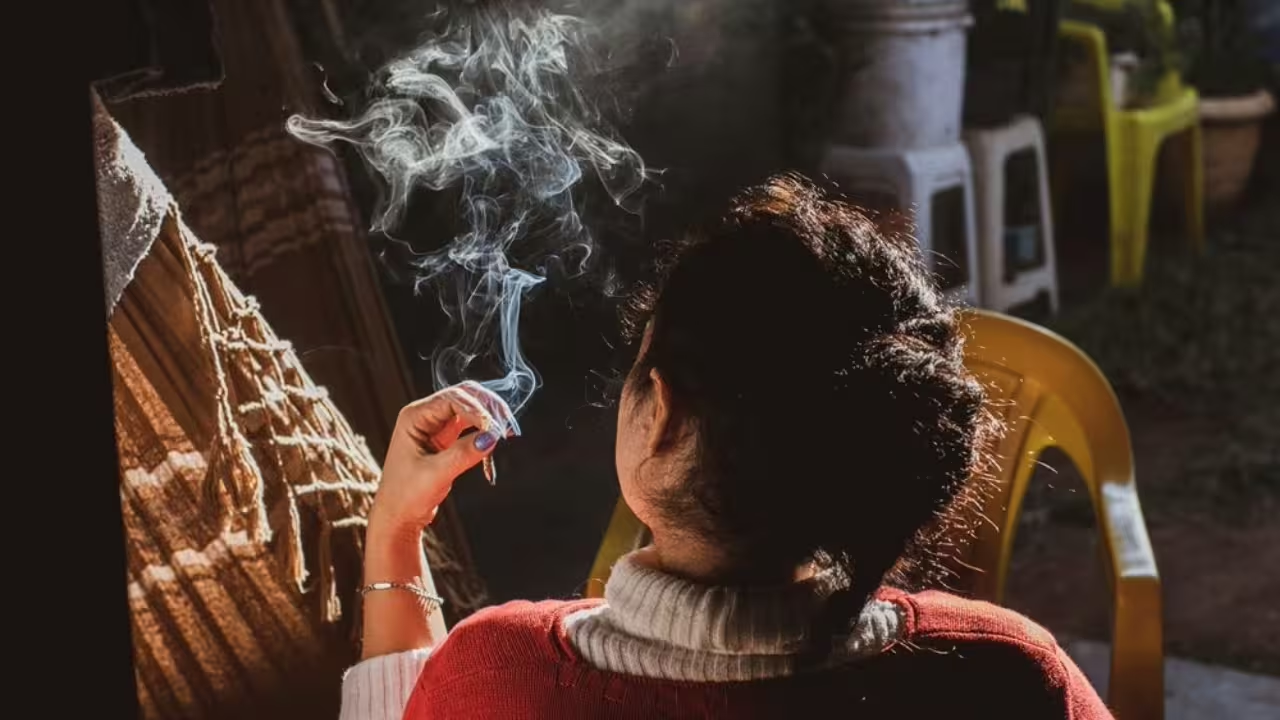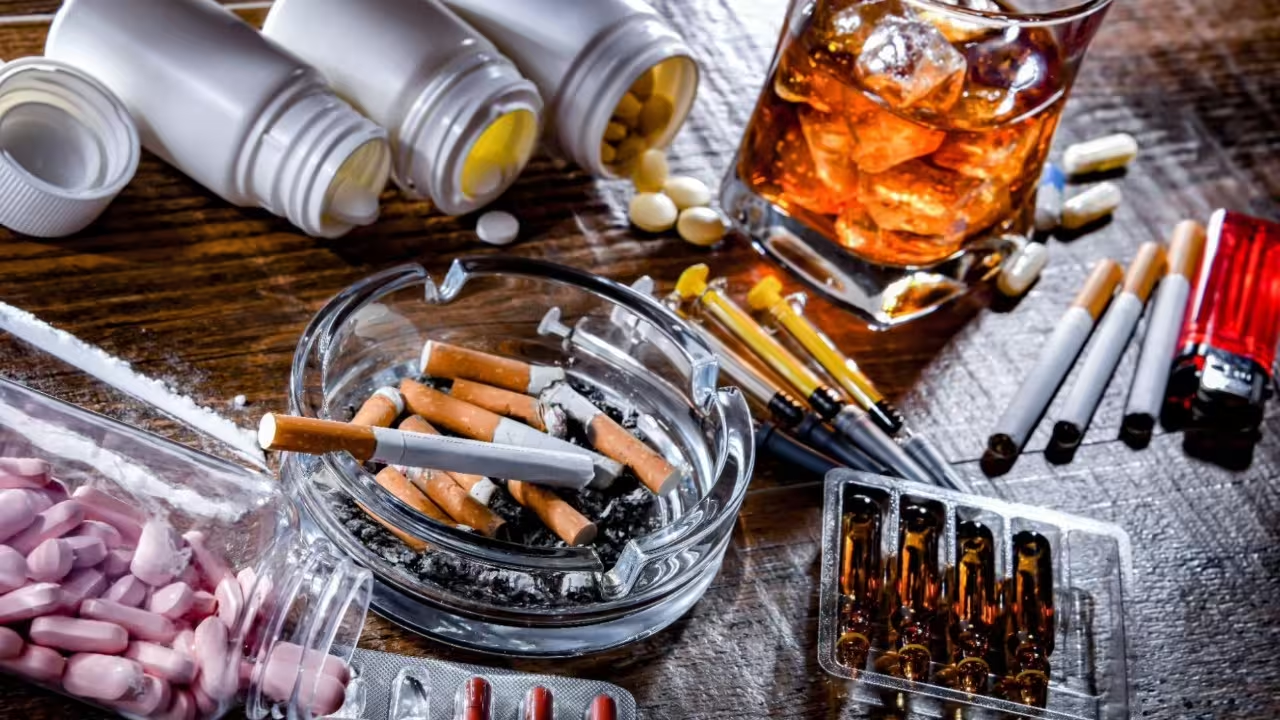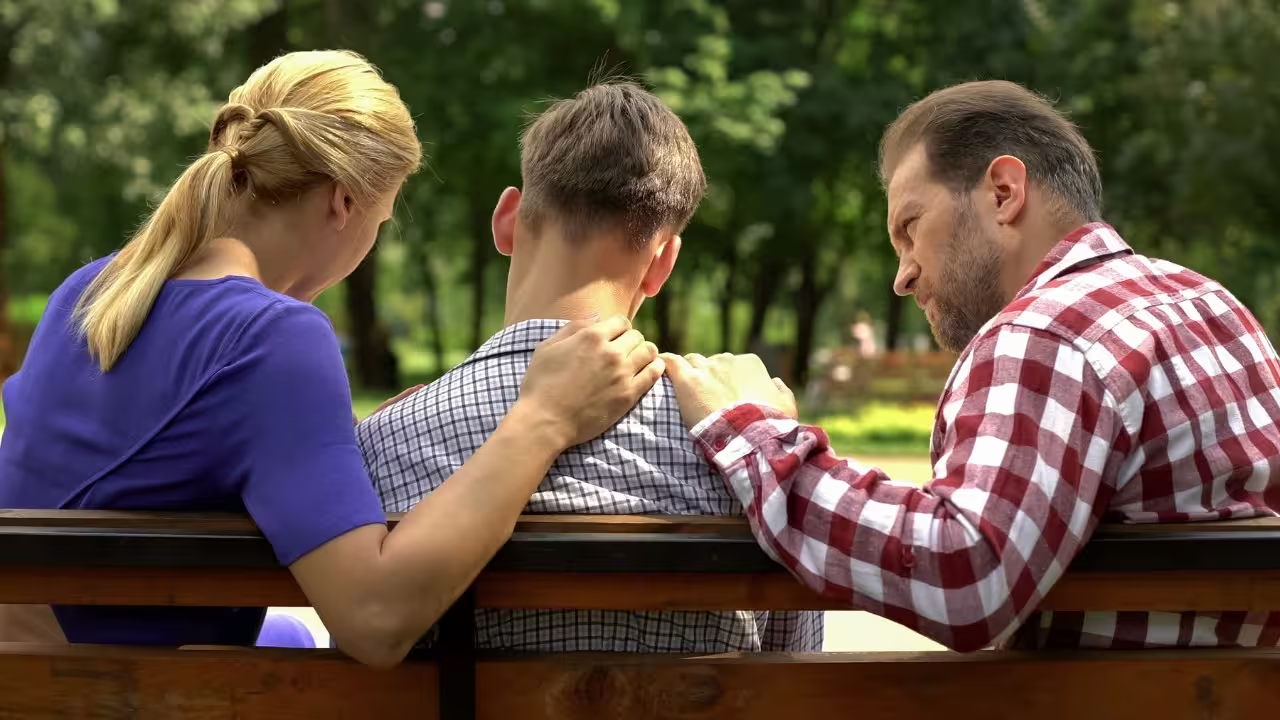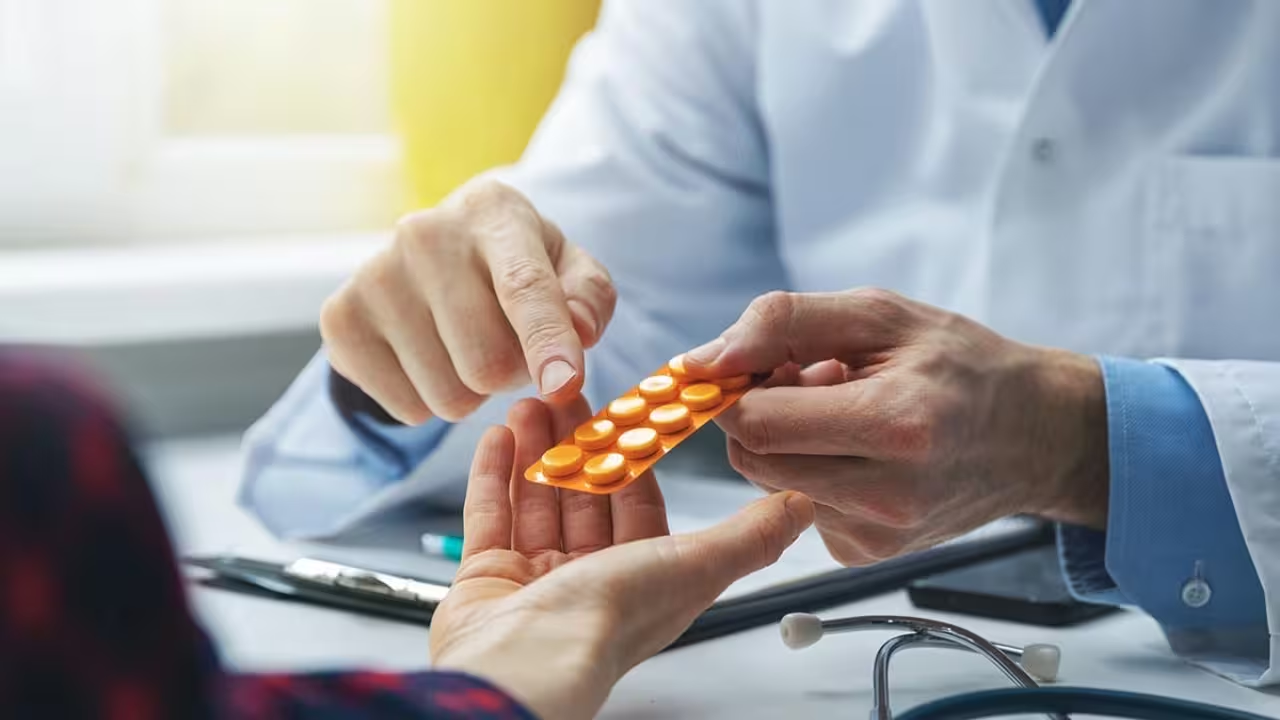
Drug abuse - a word you’ve probably heard thrown around when someone talks about teens making reckless choices. But it’s way more than just bad behavior. Adolescence and drug abuse connect when the brain is still growing - and that affects everything from your emotions to your decisions.
This blog breaks down what is drug abuse, why it starts, what substances are involved, and what happens if it’s left untreated. Whether you’re prepping for exams or just trying to make sense of it all – this is your one-stop, student-friendly guide.
Adolescence is the phase where everything starts changing - not just physically, but mentally and emotionally too. It’s the transitional stage from childhood to adulthood, and honestly, it can feel like a rollercoaster.

Here’s what makes adolescence so unique (and confusing):
This is also the time when many teenagers feel more:
Because of all this, teens are more vulnerable to peer pressure, experimentation, and even risky decisions - including trying alcohol or drugs just to “fit in” or “escape.”
reminder: Adolescence is powerful, but also a little unstable. Knowing what’s happening inside your brain and body helps you stay more aware - and avoid falling into unhealthy habits without realizing it.
It’s when someone uses a substance - like alcohol, tobacco, or drugs - in a way that harms their body, mind, or everyday life. This isn’t just about “trying it once.” It’s about using something so often or in the wrong way that it becomes a serious problem.

Now as we've all heard the term drug abuse, but most of us don’t fully get what it actually means. It’s not just about “trying something once.” It’s when someone starts using substances in a way that’s harmful - either using too much, too often, or for the wrong reasons.
Here’s a super simple way to understand the difference:
The substances most teens end up abusing include:
The thing is, most people don’t even realize when it crosses the line. It might start with “just one try,” but slowly turns into a regular thing. And once the brain gets used to it, stopping becomes really hard.
reminder: Drug abuse in teens is extra risky because your brain’s still developing - and that means the damage hits harder and lasts longer.
Teenagers are more likely to fall into drug abuse not just because of curiosity, but because of what’s happening inside their brains and around them. During adolescence, the brain’s decision-making area (the prefrontal cortex) is still developing - which means teens are more impulsive and emotionally driven.
.avif)
Here’s why this age group is at higher risk:
All of this adds up - making teens more likely to experiment and more likely to get addicted. And since their brains are still growing, the effects of alcohol and drug abuse during this phase are way more harmful and long-lasting than in adults.
That’s why drug abuse in adolescence needs early awareness - before it turns into a habit.
When we talk about drug abuse in teens, it’s not always about hard drugs right from the start. Most of the time, it begins with things that feel “normal” or “harmless” - like cigarettes or alcohol - but these can act as gateway substances and lead to much worse.

Here’s what teenagers are commonly using (and abusing):
Knowing what substances are being used helps parents, teachers, and students themselves take action. These aren't just “party drugs” - they’re substances that mess with your body and mind, especially during adolescence.
When teens start experimenting with substances, the effects may not seem serious at first. But over time, the damage starts to build - and it affects your brain, body, and daily life more than you might think.

Here's what really happens when drug abuse in adolescence is left unchecked:
That’s why the effects of alcohol and drug abuse during adolescence are more dangerous - the body and brain are still growing, and the impact can last a lifetime if not taken seriously.
When it comes to drug abuse in teens, the signs aren’t always dramatic. Sometimes, it shows up quietly - in changes you might not notice at first. But over time, these signs add up. And the earlier they’re spotted, the easier it is to step in.
.avif)
Here are some key signs to watch out for:
These signs aren’t just “teen mood swings.” When they keep happening together, they’re a real warning. And with alcohol and drug abuse, ignoring early signs makes recovery harder.
Alcohol and drug abuse among youth can absolutely be prevented - but it takes the right mix of support, awareness, and healthy coping tools.

Here’s how it actually works in real life:
Open conversations at home matter. Teens need a space where they can ask awkward stuff, admit mistakes, or just vent without being judged. That trust can stop a lot of bad decisions before they start.
Posters and pamphlets are not enough. What really works is hearing real stories, honest stats, and having open discussions at school. When the message feels real, people pay attention.
Good friends call you out when something’s off. Peer mentoring and positive friend groups help teens feel seen and supported - especially when things get rough.
A lot of teens use drugs out of boredom or stress. But when they’ve got things like music, football, gaming clubs, or even just a creative hobby - the urge to try substances drops.
Not every teen who struggles talks about it. But counseling or therapy - even once in a while - can be a game-changer. It’s way better to treat stress early than wait until it turns into addiction.
Whether it’s parents, teachers, or mentors - just knowing someone’s in your corner makes a difference. Teens who feel supported are less likely to fall into alcohol and drug abuse.
Here’s the thing - drug abuse in adolescence can be reversed. It’s not always easy, but recovery is possible with the right support, the right mindset, and a little patience.

Here’s how treatment usually works:
This is the first and most important step. Teens need someone they can talk to - without fear of punishment or judgment. Individual or group therapy helps them understand why they started using and how to deal with stress in better ways.
If someone is deeply addicted, detox or medication might be needed to manage withdrawal symptoms. Doctors help make the process safe and more manageable - especially for substances like opioids or alcohol.
Teens can’t do it alone. Family support helps them feel understood, not ashamed. Parents also get guidance on how to avoid anger, guilt-tripping, or panic - and focus on helping.
Recovery isn't just about quitting drugs. It's about filling that space with healthier things - exercise, hobbies, volunteering, or simply hanging out with better company. A positive routine makes a big difference.
Joining support groups (even online ones) lets teens hear from others who’ve been there too. In serious cases, rehab centers provide full-time recovery plans, therapy, and healing environments.
So yes - with the right care, drug abuse in teens can be treated. What matters most is spotting it early and not giving up. Recovery isn’t a straight line, but every step counts.
Let’s be real - ignoring drug abuse in adolescence doesn’t make it go away. It actually makes things worse. The longer it’s left untreated, the deeper it affects the mind, body, and future.

Here’s what can happen if no one steps in.
What starts as “trying something once or twice” can quickly become a need. Over time, the brain rewires itself to crave the substance - making it way harder to quit.
Depression, anxiety, panic attacks, and even hallucinations can show up. And for teens, this can mess up their confidence, relationships, and daily life big time.
The physical effects of alcohol abuse or drug use aren’t always visible at first. But over time, it can lead to liver damage, poor brain growth, memory loss, or even heart issues.
Bad grades, fights with friends, getting suspended - all of it stacks up. Teens might start skipping school or isolating themselves completely.
Drugs and alcohol mess with judgment. That means teens may take dangerous risks - like unsafe sex, drunk driving, or stealing - which can lead to major consequences.
